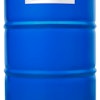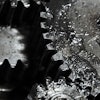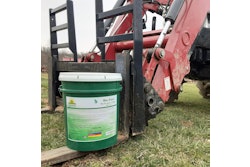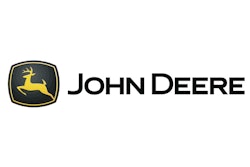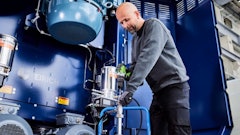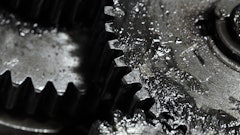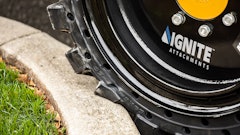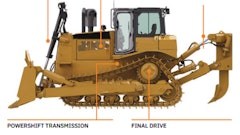More Tips to Keep Hydraulic Fluids Clean
- Turn your oil inventory regularly. "[Oil] should be brought in as you're consuming it, with enough bulk back to take care of any disruption in the supply line," advises Rudy Urbano, hydraulic consultant, Caterpillar Inc. While old oil doesn't really "disintegrate", it can accumulate contaminants and water during prolonged storage. "Make sure you have enough to manage your fluid needs, but make sure it's also turning so that you have relatively new oil."
- Hydraulic fluid containers or reservoirs should not be open to the atmosphere any longer than necessary. "Obviously, you have to open the fill neck and put fluid in, but it should be opened as you're ready to transfer oil and closed immediately," says Urbano. "That sounds simple, but I've watched a lot of PMs being performed with multiple machines lined up ready to go to work, and the tech will open the hydraulic tank on all of the machines, then back up the truck one at a time and fill them. While those are open, they're all subject to contamination ingress."
- If you have a problem with water in the hydraulic system, consider a coalescer or vacuum dehydrator. "A vacuum dehydrator will take out free water, emulsified water and dissolved water," explains Len Badal, global enterprise manager, Chevron Products Co. "A coalescer will only take out free and emulsified water." Specialized distributors/contractors can provide these services, or you can work with Chevron's network of ISO Clean providers.
- Some specialized types of hydraulic systems may develop problems with varnishing. "Varnish is basically a breakdown of the oil," says Badal. "It forms very small particles that end up forming a yellow or dark yellow film on surfaces." An electrostatic filter can be used to remove these minute particles.
- Fix fluid leaks around cylinders and valves immediately. "Leaks allow dirt entry in the same way fluid leaks out of the system," notes Diego Navarro, service marketing manager, John Deere Construction and Forestry.
- Avoid intrusive repairs in the open. If the repair is necessary, always filter caddy the machine after the repair, Navarro advises. It's also a good idea to perform an oil sample to ensure particle counts are within acceptable levels.
- Clean hydraulic hoses prior to installation. Hoses may contain metal filings from the hose cutting process, Navarro cautions, unless the seller guarantees that the hose complies with cleanliness standards.
- Make sure the oil analysis program you are using provides sufficient information. "The majority of people choose the cheapest oil analysis on the market, which has no information to prevent failure using proactive maintenance," notes Navarro. "If you really want to fix the issue, you need to work on the root causes. To do that, you need a complete oil analysis. You pay more, but you are better informed."
Bulk Fluid Cleanliness Guidelines
| Water Content Guideline - New Fluids | Normal |
|---|---|
| Water, hydraulic fluids AW32/46/68 | less than 300 PPM (less than 0.03%) |
| Water, calcium-based fluids, engine oil, tractor fluids | less than 500 PPM (less than 0.05%) |
| Particle Counts Guidelines - New Fluids | Normal ISO Range |
| Water, hydraulic fluids AW32/46/68 | 17~18/15/12 to 18~19/17/14 |
| Water, calcium-based fluids, engine oil, tractor fluids | 19~22/15/12 to 19~23/17/14 |
Source: John Deere Construction and Forestry

